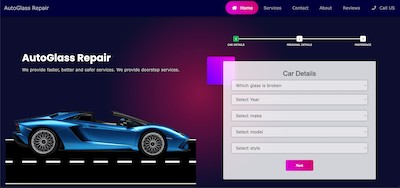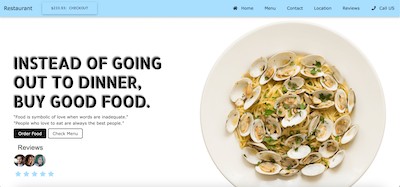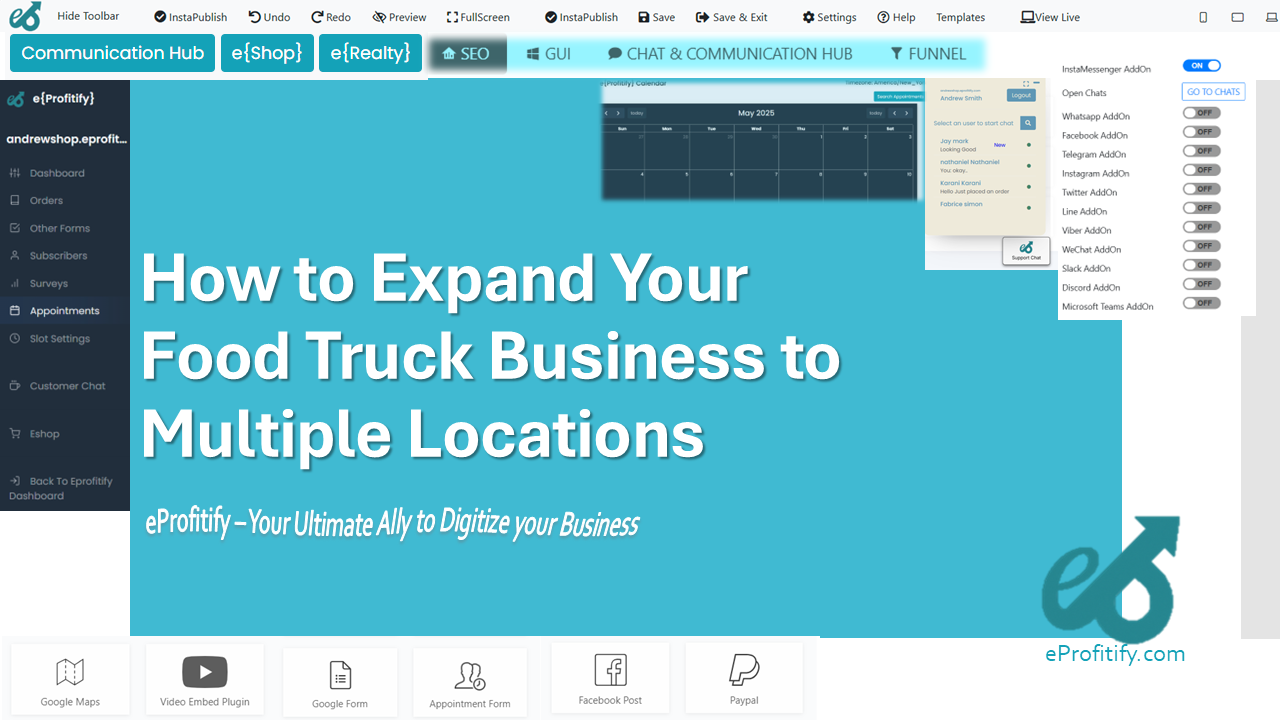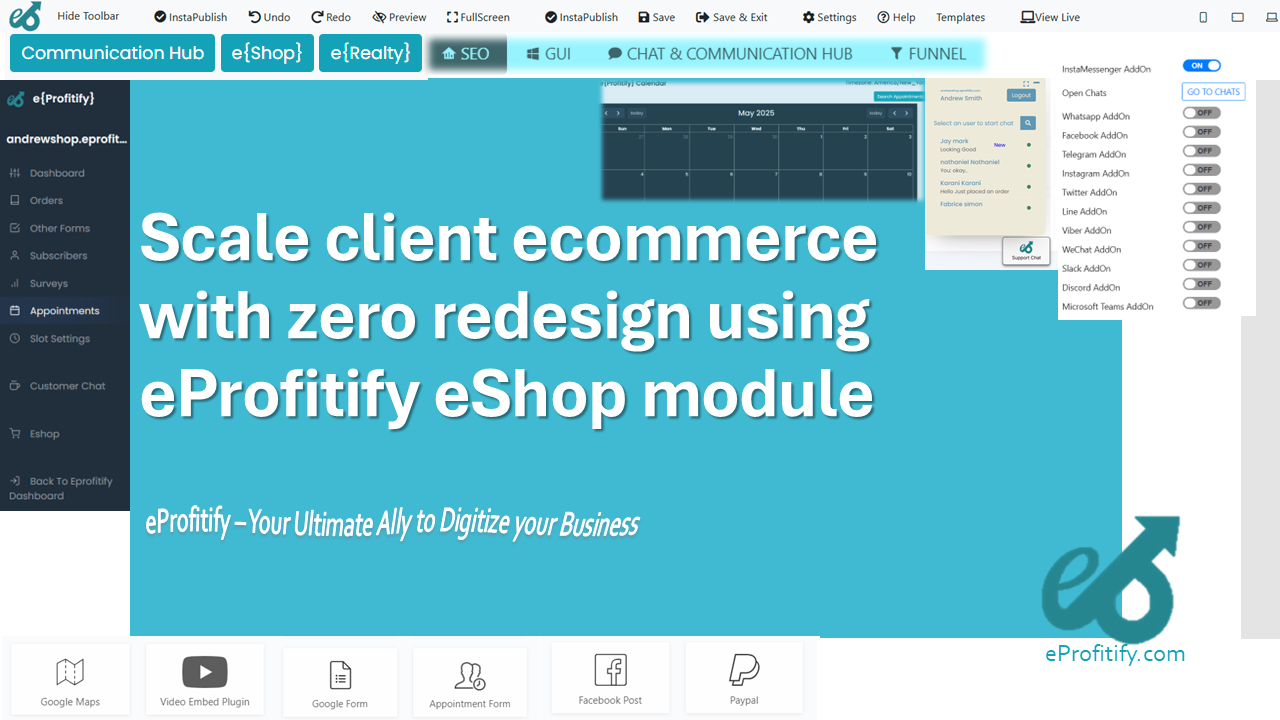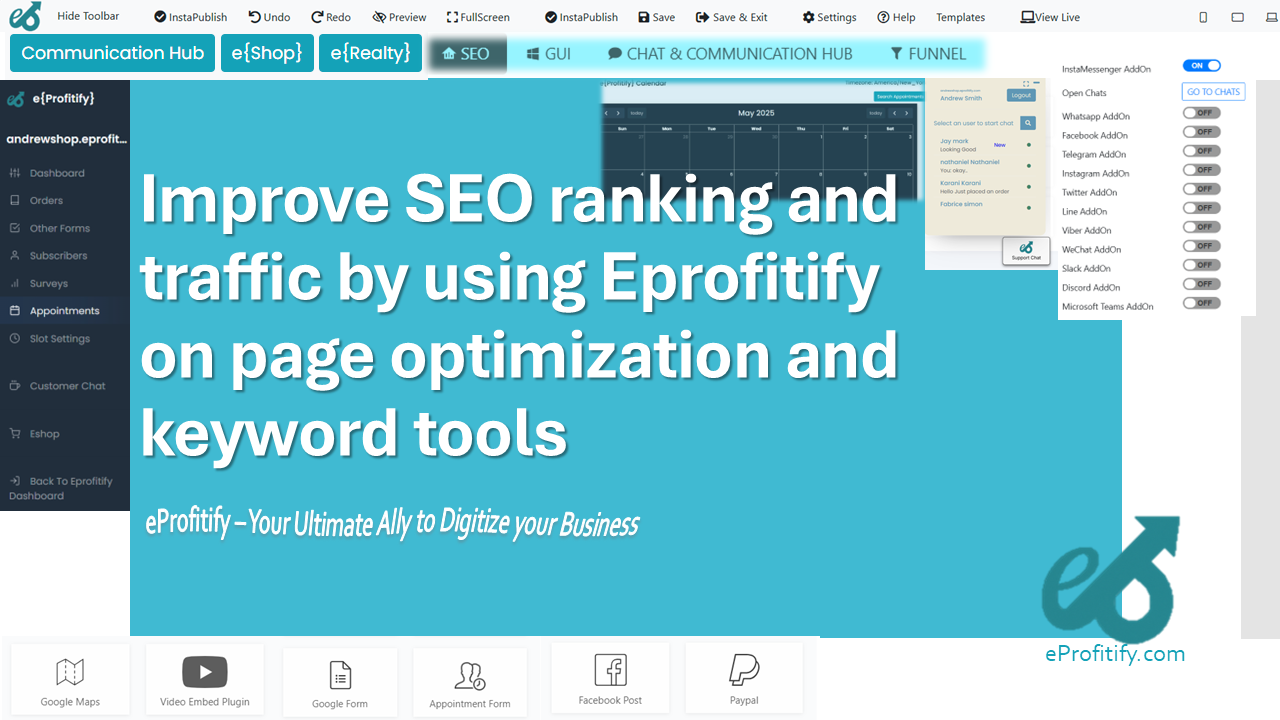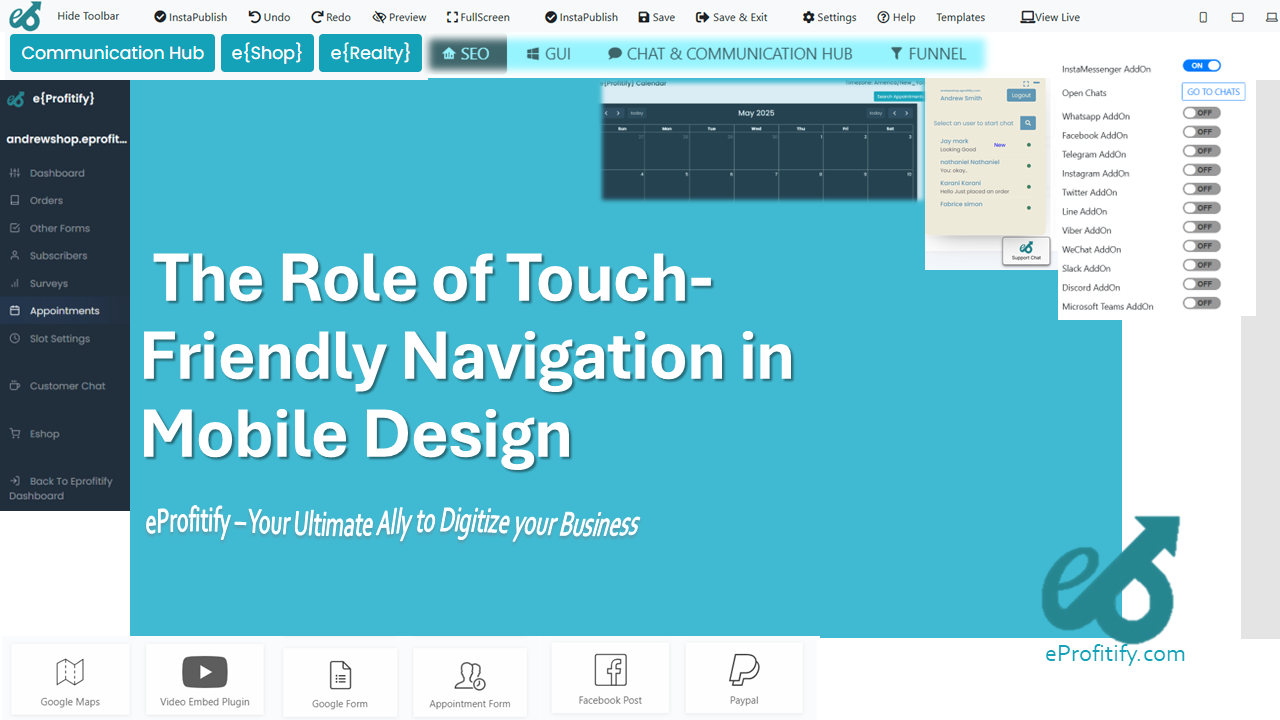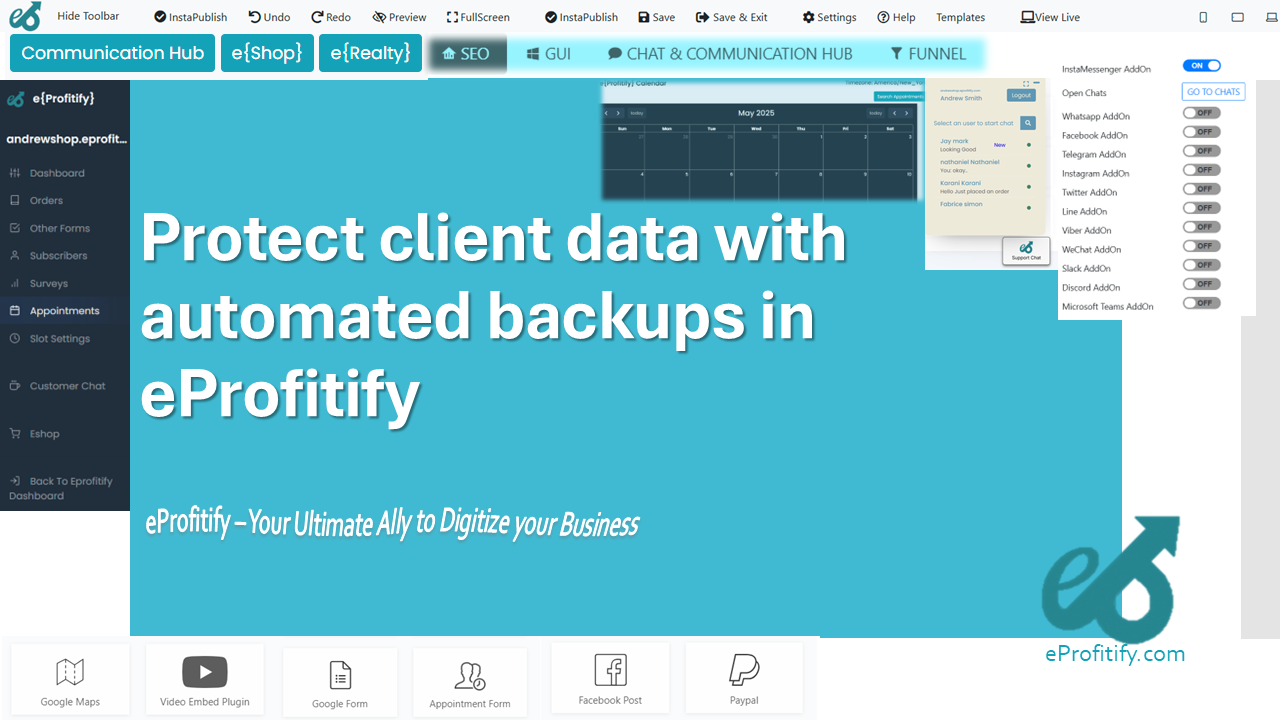Using Analytics to Inform Your Content Calendar
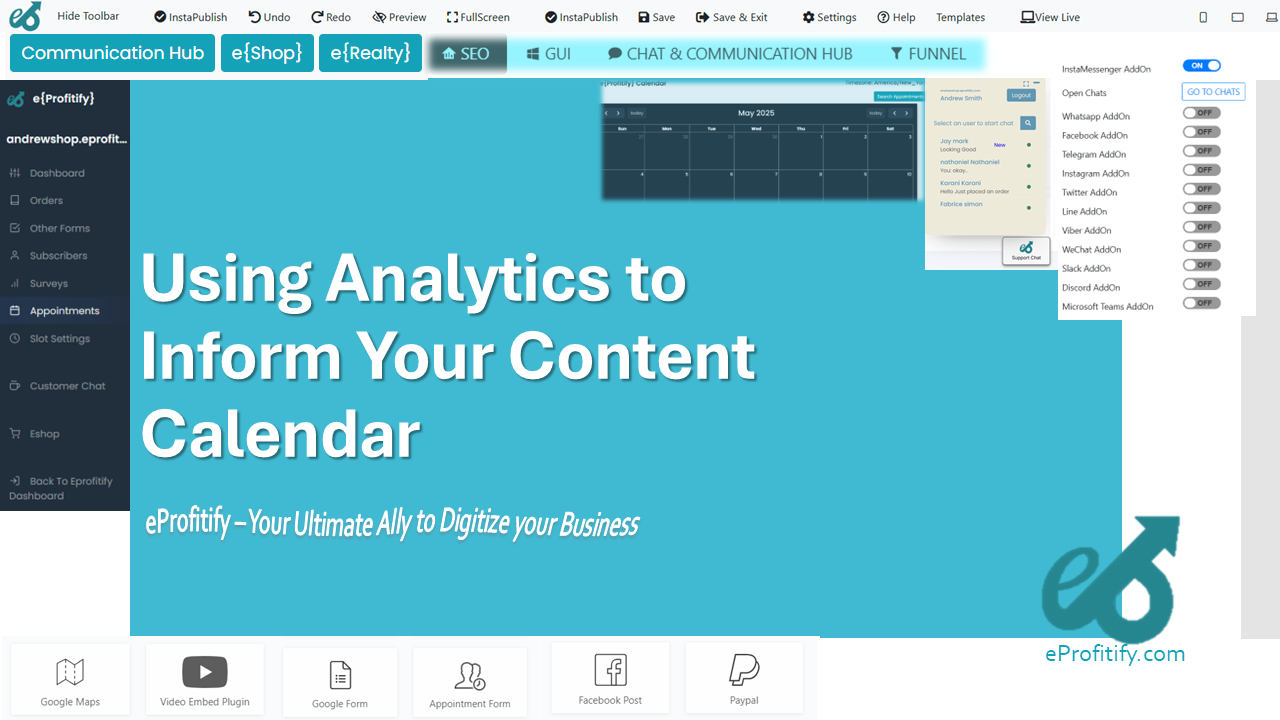
Schedule a LIVE Zoom call with an eProfitify Expert.
Using Analytics to Inform Your Content Calendar
In the digital age, content remains king—but only when it is strategically planned and optimized. A content calendar drives consistency, relevance, and engagement, but its effectiveness hinges on data-driven decision-making. By leveraging analytics, businesses can transform raw data into actionable insights, ensuring every blog post, social media update, or video aligns with audience needs and business goals.
The Role of Analytics in Content Strategy
Analytics empowers marketers to move beyond guesswork, offering visibility into trends, preferences, and performance. According to HubSpot, 72% of marketers who leverage data-driven strategies report higher engagement rates, while 61% credit analytics for improving ROI. By tracking metrics like page views, bounce rates, and social shares, teams identify what resonates with audiences and adjust their content calendars accordingly.
For example, Google Analytics reveals which topics drive traffic, while social media insights highlight optimal posting times. Tools like eProfitify further streamline this process by integrating advanced analytics with features such as CRM integration and audience segmentation, enabling real-time adjustments to content plans.
Setting Data-Backed Objectives
Effective content calendars start with clear objectives tied to measurable KPIs. Common goals include:
- Increasing website traffic (cited by 46% of marketers as a top priority).
- Generating leads (33% of B2B marketers prioritize lead nurturing).
- Enhancing brand awareness (a key focus for 54% of businesses).
Analytics helps refine these goals. If a travel brand discovers 40% of its traffic originates from "budget travel tips" blogs, it might allocate more resources to similar content. Platforms like eProfitify simplify goal-tracking by consolidating data across channels, from email open rates to ecommerce conversions.
Data Collection: Tools and Metrics
To build a robust content calendar, prioritize the following metrics:
- Audience Demographics: Age, location, and device usage (e.g., 60% of users access content via mobile).
- Engagement: Average time on page, social shares, and comments.
- Conversion Rates: Email sign-ups, click-through rates (CTRs), and sales.
Tools like SEMrush and Google Search Console provide SEO insights, while eProfitify centralizes audience behavior data through its CRM and analytics dashboards. For instance, its instant messaging feature allows teams to collaborate on content adjustments in real time based on emerging trends.
Interpreting Insights for Strategic Alignment
Data interpretation is where analytics deliver value. Suppose a SaaS company notices a 25% drop in blog traffic. By analyzing user pathways, they might discover that visitors exit after encountering outdated product information. Updating the content and aligning future calendar entries with current offerings can resolve the issue.
Similarly, eProfitify’s appointment management system helps teams schedule content reviews based on performance alerts. If a webinar series drives a 15% increase in demo requests, the tool automates follow-ups and earmarks dates for similar events.
Optimizing the Content Calendar
Analytics enables continuous optimization:
- Audience Insights: Personalized content performs 80% better, per McKinsey. Segment audiences using CRM data to tailor topics.
- Seasonality: Schedule holiday-themed content if Q4 drives 30% of annual sales.
- A/B Testing: Test headlines or formats; even minor tweaks can boost CTRs by 20-30%.
Platforms like eProfitify enhance optimization through integrations. Its ecommerce tools, for example, link product performance data to content themes, ensuring blogs and videos align with top-selling items.
Real-World Applications: Success Stories
Businesses using analytics-driven calendars achieve tangible results:
- A fashion retailer increased organic traffic by 65% by aligning blog topics with top-performing Google Search terms.
- A B2B tech firm boosted lead generation by 40% after using CRM data to create targeted whitepapers.
eProfitify users similarly report streamlined workflows, combining analytics with project management tools to reduce content planning time by 50%.
Conclusion
Analytics transforms content calendars from static schedules into dynamic growth engines. By embracing tools like eProfitify—equipped with CRM, ecommerce, and collaboration features—businesses unlock precision in planning, execution, and measurement. As data volumes grow, the integration of instant analytics feedback loops will remain critical to staying ahead in a competitive digital landscape.
Companies that prioritize data-driven content strategies not only achieve higher engagement but also realize up to 8x ROI on marketing spend. In an era where 73% of consumers expect personalized experiences, analytics is no longer optional—it’s the backbone of successful content marketing.
*(
Statistics sourced from HubSpot, McKinsey, Content Marketing Institute, and Google Analytics.

